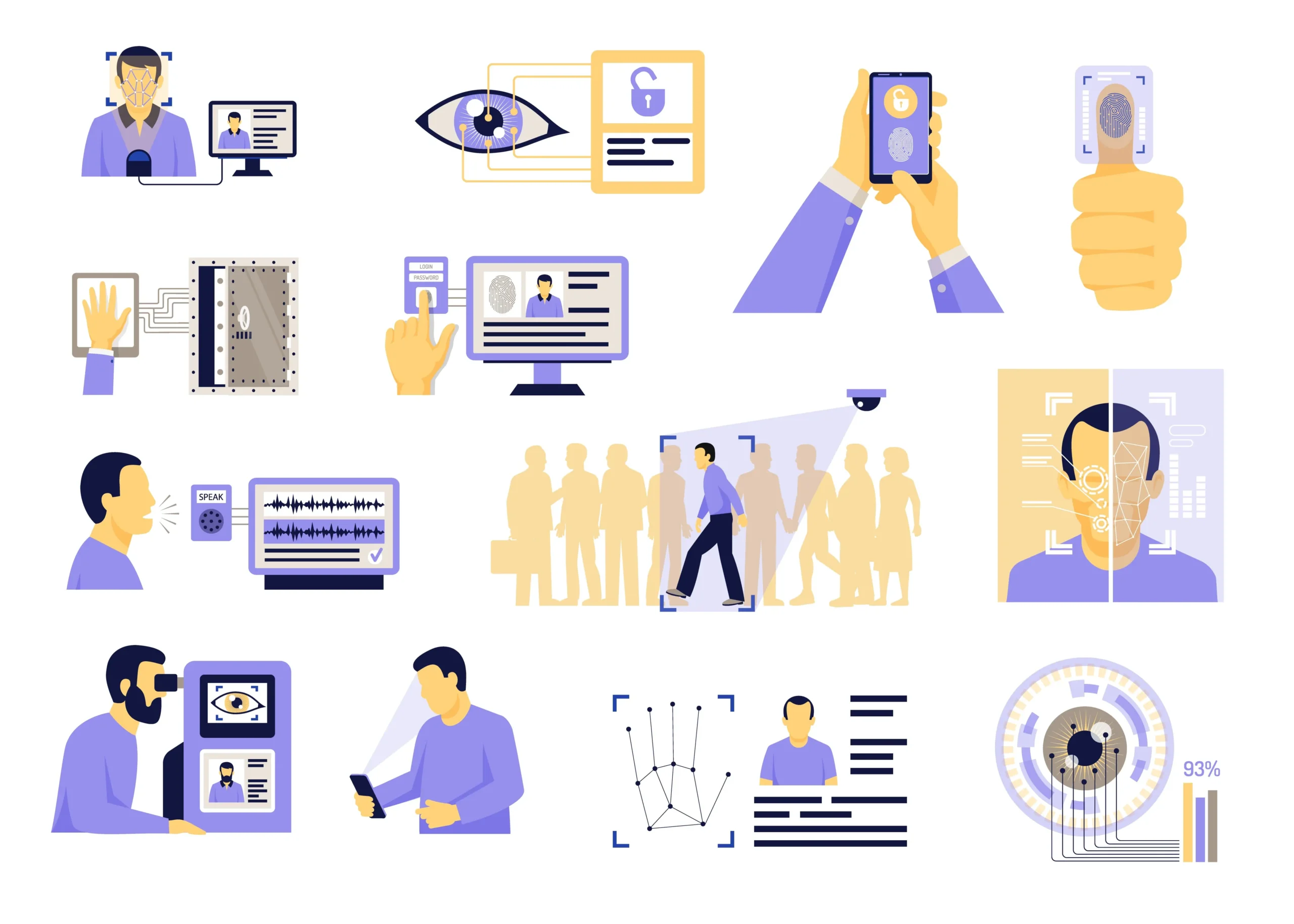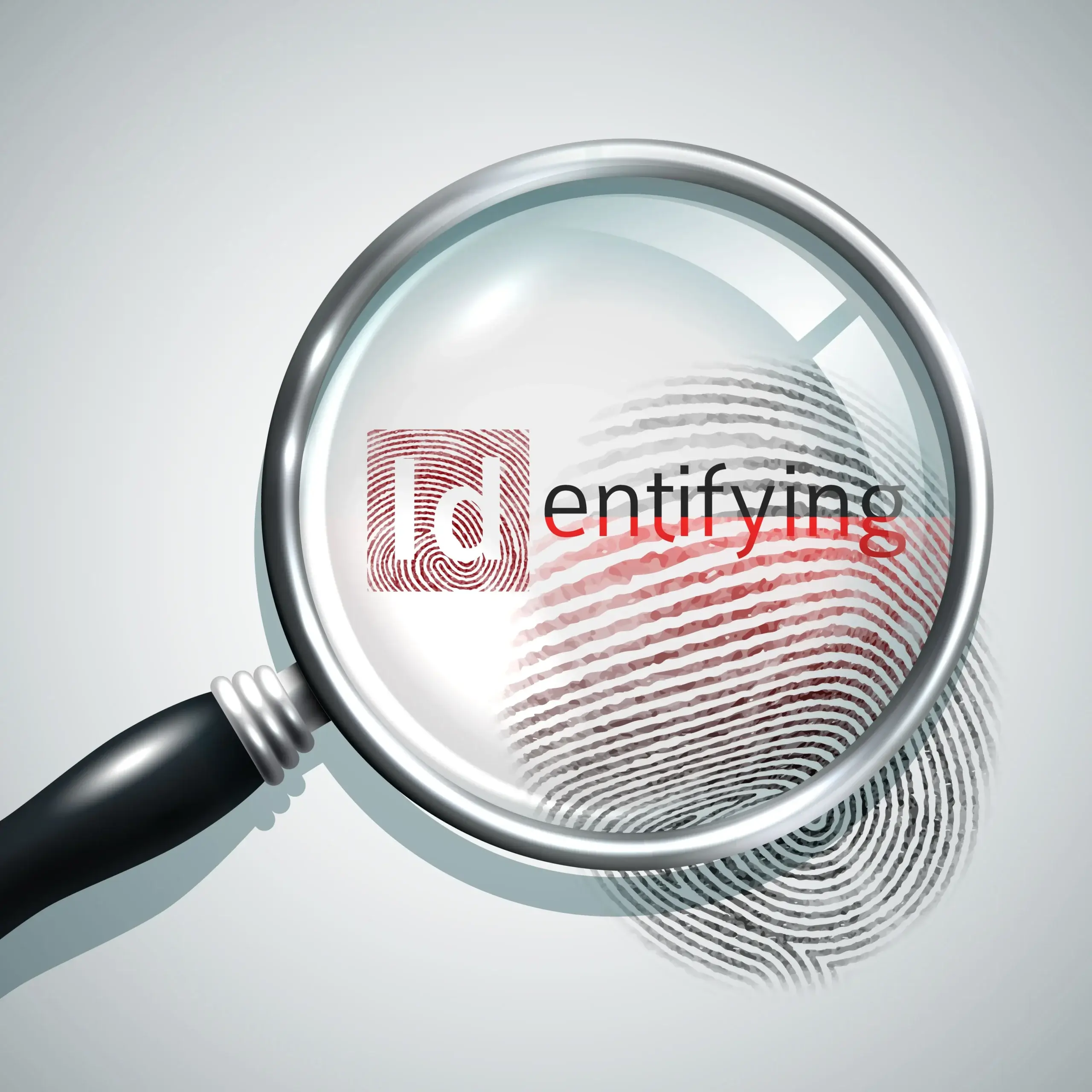Digital Identity
Put simply, your digital identity is how you identify yourself and interact online. It’s a virtual representation of aspects of your real-world identity, like your name, contact information, credentials, and more.
Digital identity is one of those tech buzzwords that seems to be everywhere these days. But what does it mean? And why does it matter? This in-depth blog breaks it all down in easy-to-understand language.
What is Digital Identity? A Clear Definition
According to McKinsey, digital identity can be defined as “the unique representation of attributes by which a subject is recognizable in online transactions.”
So in other words, it’s the digital “you” – a collection of information and attributes tied specifically to you as an individual that allows you to prove who you are during digital interactions and transactions.
Digital Identity System Explained
A digital identity system provides the architecture and framework for creating, managing, and using digital identities. This includes processes for identity proofing, authentication, and more.
The most robust digital ID systems link attributes like names, birth dates, addresses, and government ID numbers to form a verified identity with cryptography. This creates a secure, portable identity that can be easily authenticated across digital services.

Main Types of Digital Identities
There are a few main types of digital identity recognized today:
1. Partial Identity
This is where a user self-asserts only certain attribute claims about themselves, like an email address or phone number. Social media profiles are a common example of partial digital identities. The main drawback is these types of DIY identities aren’t verified and could be fabricated.
2. Full Legal Identity
A full legal identity is tied to official government documentation like passports, driver’s licenses, or national IDs. This verified identity allows for legal transactions and contractual agreements to be carried out digitally.
3. Professional Identity
Used in work contexts, professional identities contain information on qualifications, skills, affiliations, and more. Teachers, doctors, lawyers and other professionals use these for delivering services online.
4. Financial Identity
Financial identities allow participation in regulated financial services through Know Your Customer (KYC) processes. Attributes may include SINs, bank account details, credit scores and more.
As you can see, digital identities come in different shapes and sizes depending on context. But in all cases, they enable trusted digital interactions.
Key Players in the Digital Identity Ecosystem
There are a few pivotal players that make the digital identity ecosystem work:
– Individuals
The users of digital identity systems, individuals provide personal attributes during registration and identity proofing processes. They manage their digital identities across services and consent to attribute sharing.
– Identity Providers
These organizations provide the technology, standards, and services required for identity proofing, authentication, and more. Both public and private sector groups play identity provider roles.
– Relying Parties
Any digital service that relies on identity authentication to provide user access is considered a relying party. This includes government agencies, healthcare providers, financial institutions, social networks, and more. Relying parties must trust the identity providers vetting users in the ecosystem.
– Governing Bodies
Groups like ISO, W3C, and governments devise technical standards and regulations all digital identity participants must comply with across areas like data protection, transparency and more.

Why Digital Identity Matters: Key Benefits
There are quite a few ways society as a whole benefits from broad adoption of digital identity:
1. Enhanced Security
With stringent identity proofing and credential management processes, digital identity systems make fraud much less likely during online transactions and interactions.
2. Improves Access
Digital IDs give those without official government identification equal access to vital services like healthcare, education, voting, banking and more.
3. Operational Efficiency
Digital identities optimize business operations by reducing paperwork, manual processes, and other friction during onboarding, transactions, and engagements.
4. Compliance
Digital identity technology like single sign-on, multi-factor authentication, and shared attribute verification improves compliance with regulations like AML and KYC.
5. Personalization
The custom attributes and verifiable claims within digital identity profiles enable more personalized, seamless experiences across services.
With so many upsides, it’s easy to see why digital identities are essential infrastructure as more of life moves online. Adoption is clearly trending upward.
Evaluating the Risks Around Digital Identity Systems
Of course with all the benefits, increased use of digital IDs also come with risks that must be carefully considered:
Security Vulnerabilities
Like all digital systems, identity platforms can have weaknesses that hackers and cybercriminals try to exploit to steal user data. Organizations must constantly assess and address vulnerabilities.
Over-sharing of Sensitive Data
To work effectively, digital identity systems need access to plenty of user data. Appropriate consent and transparency controls must be in place to prevent over-sharing of sensitive credentials.
User Surveillance Concerns
Some worry extensive digital identity ecosystems may enable increased government and corporate surveillance against individuals’ wishes or best interests. Strict protectionist regulations are needed to ensure proper user consent.
Discrimination Potential
Digital IDs could be used to unfairly discriminate against certain societal groups during authentication transactions and deny them vital services. Ongoing oversight is required to uphold equal rights.
Cybercrime Evolution
As digital identity adoption grows, hackers and cyber thieves will likely find new ways to profit off stolen identities, attributes and credentials. Constant cybercrime monitoring is essential.
While risks exist, thoughtful governance and responsible management principles can help maximize the benefits of digital IDs while minimizing downsides.
Creating Greater Public Awareness of Digital Identity
Since digital identity is still an emerging concept for many average internet users, raising public knowledge and understanding should be a priority focus. Wider awareness efforts could include:
Educational Content
Blog posts, videos, social posts and other informative content can break down key digital identity concepts for everyday people without technical backgrounds.
Public Events/Webinars
Free public-focused conferences, meetups, workshops and webinars create venues for people to engage and learn more about digital identity spaces from experts.
Multi-channel Promotions
Leveraging digital channels like social, SEM and email combined with traditional mediums like print, radio and TV ads spreads the word effectively.
Digital Identity Literacy Programs
Incorporating digital lessons into digital literacy curriculums at schools and public community centers seeds important knowledge.
With greater awareness, people gain the knowledge needed to more safely manage footprint, secure accounts, control data sharing, spot fraud attempts and fully leverage future identity-centric services.
Why Digital Identity Matters: Key Opportunities Ahead
Many industry experts anticipate digital playing an instrumental role in the functioning of digital economies and societies in the years ahead. Some key opportunities include:
Decentralized Digital Identity Control
Self-sovereign identity models put users fully in control of managing and sharing their credentials as needed across services. This decentralization circumvents centralized databases’ vulnerabilities.
Optimized CX Across Services
Shared verified credentials that transfer across services create seamless, personalized customer experiences anywhere users authenticate their identities.
Secure Attribute Validation
Emerging zero-knowledge proof cryptography will soon allow precise validation of specific identity attributes without exposing sensitive personal details during transactions.
Portable Reputation Scores
With user consent, digital identities may one day include verifiable credentials and trust scores that transport reputations and unlock perks across platforms.
New Business Models
Digital identities introduce new revenue opportunities for providers up and down the ecosystem, from issuers to verifiers and relying parties.
Harnessing the power of digital identities in secure, ethical ways that put users first will hopefully maximize their positive impacts.
Gazing Into the Crystal Ball: What Does the Future of Digital Identity Look Like?
Many futurists predict a world 10-20 years from now where robust digital solutions power seamless experiences across all dimensions of life:
Embedded Biometrics
Your unique attributes like fingerprints, voiceprints and facial details could authenticate you effortlessly across devices, accounts and services without remembering passwords.
Decentralized Control
Portable, user-managed digital wallets may securely store verified credentials like diplomas, licenses, medical records that you approve to share as needed to unlock services.
Physical + Digital Convergence
Your identity could integrate with physical spaces, allowing personalized real-world interactions. Imagine walking into a shop where an AI greeter recognizes you by name thanks to advance facial analysis tech.
Global Interoperability
Countries and jurisdictions may align digital schemes for international acceptance. Your home country’s verified ID attributes could give you access to foreign services more easily while traveling abroad.
While the most optimistic future promises enhanced security, access and convenience, without sufficient oversight and governance, risks remain around privacy, surveillance and cybercrime. Through proactive collaboration across sectors and borders, the highest human rights ideals and ethical standards may be upheld. Digital could very well transform life for the better globally – if implemented thoughtfully.
In Conclusion:
As online platforms and services continue dominating so many realms of everyday life, establishing user trust through digital identities grows more pivotal. Verified identity attributes build accountability, enable streamlined operations, reduce fraud risks and pave the way for customized, seamless customer experiences.
While risks around privacy, security and ethics definitely warrant ongoing evaluation, the immense societal benefits ranging from healthcare access to financial inclusion make DI initiatives well worth supporting with sound policy frameworks. Education also remains paramount so individuals can make informed decisions managing their digital footprints.
By 2030 and beyond, robust digital ecosystems could very well turn today’s tedious authentication and onboarding pain points into distant memories. As the digital and physical continue converging, assurance stands poised to transform commerce, governance, travel and all facets of life for the better. Paying close attention to developments across the DI landscape in months and years ahead will give crucial insights into the types of futures that may unfold.
Now, understanding this concept is simple and entertaining for Hasons. Using the Hasons website you can always stay one step ahead in your job, business, or studies by purchasing New Age Desktops and All in One Desktops, i3 Intel Core Processor Desktop starting from 15000/-. Monitors, CPUs, and Gaming Desktop are also available. Register on Hasons and order your Tech Partner Now. Get exciting offers and benefits on your every purchase. Contact us so our support team can guide you in purchasing the right Tech Partner.
i3 Core 4GB RAM 10th Gen | 1 TB HDD | 256 GB SSD | H410 Motherboard Chipset | 21.5 Inch Screen | Desktop Set
Call 9766122859 to place an offline order and receive FLAT 500/- DISCOUNTRs. 35,600.00 Shop Now
| If you are reading Digital Identity then also check our other blogs: | |
| Computer Virus | First Electronic Computer |
Digital Identity
- What are some examples of digital identities used online today?Common digital identities used online today include social media profiles, email accounts, mobile app logins, digital wallets/payment services, smart home device configurations, online gaming profiles, and electronic health records.
- What is a digital identification system?A digital ID system provides standards, policies and technologies for establishing trusted digital identities. This includes identity proofing, credential issuance, authentication protocols and attribute sharing processes primarily online but also sometimes spanning physical interactions.
- What methods enable digital identity creation and use?Biometrics like fingerprints and facial recognition, blockchain cryptography, QR codes, zero knowledge proofs, PKI certificates, mobile identity apps, single sign-on platforms, and physical security keys all provide methods for proofing, securing and sharing digital identity credentials.
- What is involved in digital identity verification?Digital identity verification leverages processes like government ID validation, liveness checks, biometric matching, phone/email confirmation, and cross-checking user-submitted data against existing records to confirm attributes belong to legitimate individuals.
